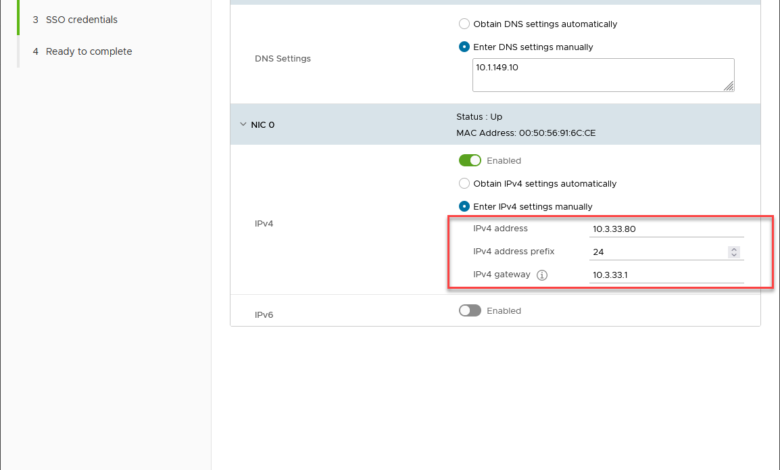
If you’re managing a VMware vSphere environment, there might come a time when you need to change the IP address of your vCenter Server. You may want to move your vSphere management to a dedicated management network (certainly recommended from a security perspective). This step-by-step guide will walk you through how to change vCenter IP address and the process involved.
What is VMware vCenter Server?
Before diving into the IP address change process, let’s briefly discuss what VMware vCenter Server is and why it’s essential in a virtualized environment. VMware vCenter Server is the centralized management platform for VMware vSphere, allowing administrators to manage multiple ESXi hosts and virtual machines efficiently.
It provides a single pane of glass for monitoring, managing, and automating various tasks within the virtual infrastructure.
vCenter Server offers a range of features, including:
Centralized management of ESXi hosts and virtual machines.
Simplified deployment and configuration of virtual machines and templates.
Advanced capabilities include vMotion, Storage vMotion, and Distributed Resource Scheduler (DRS) for optimizing resource utilization.
High Availability (HA) and Fault Tolerance (FT) for ensuring the continuous operation of critical virtual machines.
Integrations with third-party tools and solutions include backup, monitoring, and automation software.
VMware vCenter Server is a crucial component in a vSphere environment, streamlining management and enhancing your virtual infrastructure’s overall performance and reliability.
Prerequisites
We will be looking at the process of changing vCenter server appliance (VCSA) IP address and not a Windows-based vCenter server, which is no longer supported.
Before diving into the process, ensure that you have the following:
A backup of your current vCenter Server configuration.
Administrator access to the vCenter Server Appliance and vSphere Web Client.
A valid new IP address that does not conflict with any other devices on your network.
Step 1 – Verify the Current vCenter Server IP Address
First, log in to the vCenter Appliance Management Interface (VAMI) using your root account credentials. Navigate to the “Networking” tab and note down the current IP address settings. This information will be useful as you proceed with the IP address change.
Step 2 – Prepare Your Environment for the IP Address Change
Before making any changes to the vCenter Server IP address, it’s crucial to prepare your environment:
Stop all backup jobs that connect to vCenter Server
Stop any other third-party integrations that rely on a vCenter Server connection
Notify all relevant stakeholders of the upcoming IP address change
Ensure that all ESXi hosts, virtual machines, and inventory objects are stable
Verify there are no vCenter Server-dependent tasks, such as VM migrations, that the change could disrupt
You need to make sure you update your DNS record for your vCenter Server appliance before you go through the wizard to change the IP address. The wizard checks to ensure DNS points to the correct IP address. You will receive an error message otherwise.
Step 3 – Prepare vSphere Clusters for vCenter Server IP Address Change
Before changing the vCenter Server IP address, preparing your vSphere clusters is crucial to minimize the risk of disruptions during the transition. Follow these steps to ensure your clusters are ready:
Assess Cluster Health – Review the overall health of your vSphere clusters. You don’t want to introduce changes on top of existing issues in the environment.
Disable HA – Verify that vSphere High Availability (HA) is disabled on your vSphere clusters as taking vCenter down could trigger HA failures.
Suspend Cluster-Level Tasks – Temporarily pause any ongoing cluster-level tasks, such as vMotion and Storage vMotion, to prevent potential conflicts or disruptions during the IP address change process.
Disable vCenter Server Alarms – To avoid being inundated with alarms and notifications related to vCenter Server connectivity, make sure you pause these while changing the vCenter Server IP address. Remember to re-enable these alarms once the IP address change is complete and your environment is stable.
Coordinate with Application Teams – Notify application teams and other stakeholders about the upcoming IP address change and request that they postpone any non-critical changes or deployments until the process is complete.
By preparing your vSphere clusters for the vCenter Server IP address change, you can minimize the risk of disruptions and ensure a smoother transition to the new IP address configuration.
Step 4 – Changing the vCenter Server IP Address
To change the vCenter IP address, follow these steps:
Log in to the vSphere Web Client with your administrator account.
In the vSphere Web Client main interface, navigate to the vCenter Server instance you want to modify.
Click on the “Manage” tab and then select “Settings.”
Under “Settings,” click on “Edit” to open the IP settings configuration window.
Update the IP address, subnet mask, and default gateway with the new IP address settings.
Updating the IP and mask on the network adapter settings.
Note that reconfiguring means downtime as per the informational message.
Check the box that you have backed up your vCenter Server appliance.
Confirm the changes and click “OK” to apply the new IP address configuration.
The new IP address of the VCSA appliance begins pinging correctly.
Please note that the vCenter Server will restart to apply the new IP settings. This will temporarily disrupt any active connections to the vCenter Server.
Step 5 – Update DNS Settings and ESXi Hosts
After changing the vCenter Server IP address, update your DNS server settings to reflect the new IP address:
Update the DNS server with the new vCenter Server IP address.
If applicable, adjust your DNS settings for any dual IP stacks.
You can login to each ESXi host to make sure they “see” the vCenter Server at the new address and DNS has updated correctly.
Step 6 – Verify Connectivity and Functionality
Once you’ve updated the vCenter Server IP address and made the necessary adjustments to your DNS settings and ESXi hosts, verify that your environment is functioning correctly:
Log in to the vSphere Web Client using the new vCenter Server IP address.
Ensure all ESXi hosts, virtual machines, and inventory objects are visible and accessible.
Verify that you can perform management tasks like creating and modifying virtual machines.
Wrapping up
Changing the vCenter IP address is a critical operation that requires careful planning and execution but is a fairly straightforward process to achieve. Hopefully, this guide ensures a smooth transition to the new IP address while minimizing downtime and potential disruptions to your VMware vSphere environment. Always create a backup before making any changes to your vCenter Server.


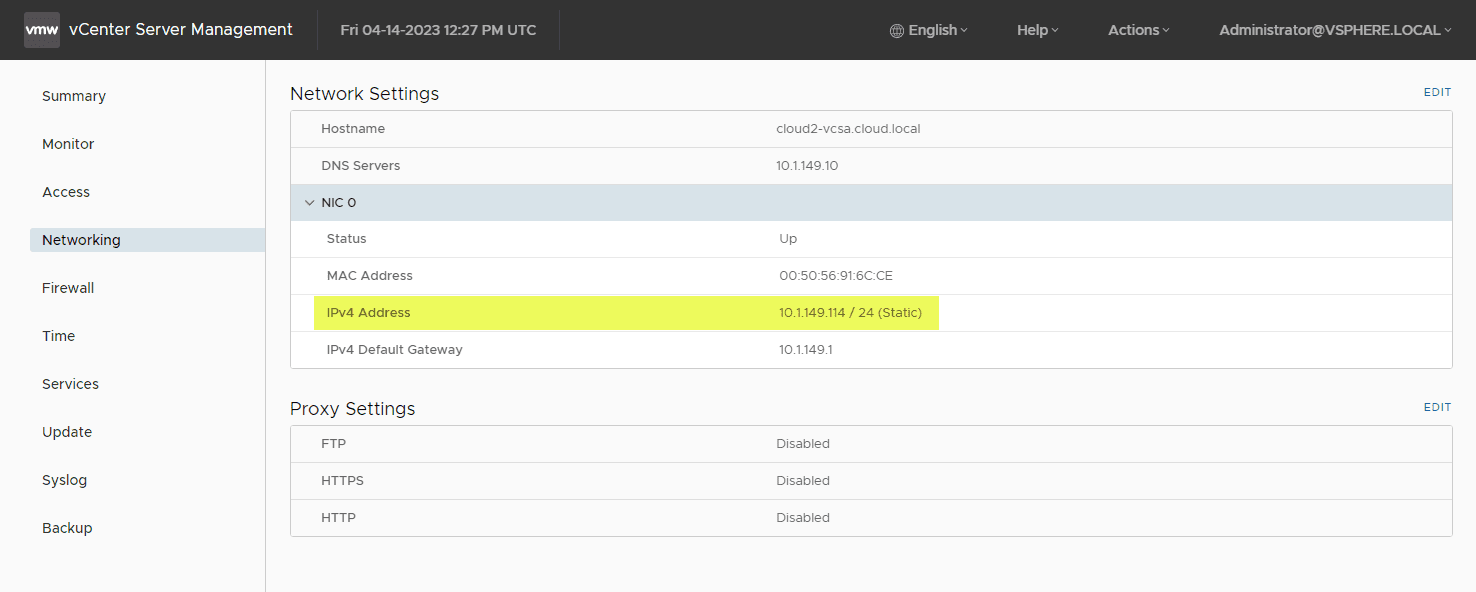
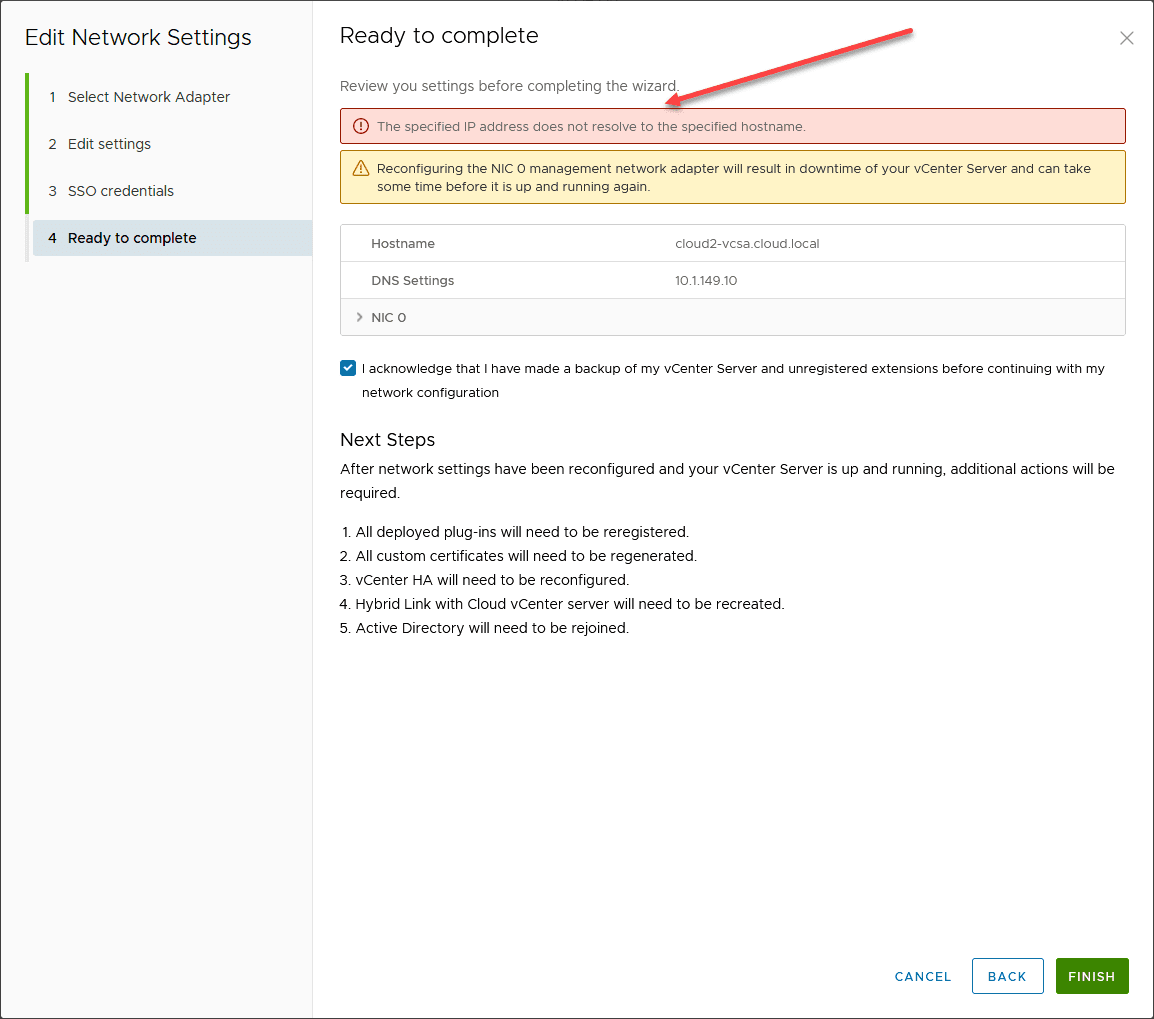
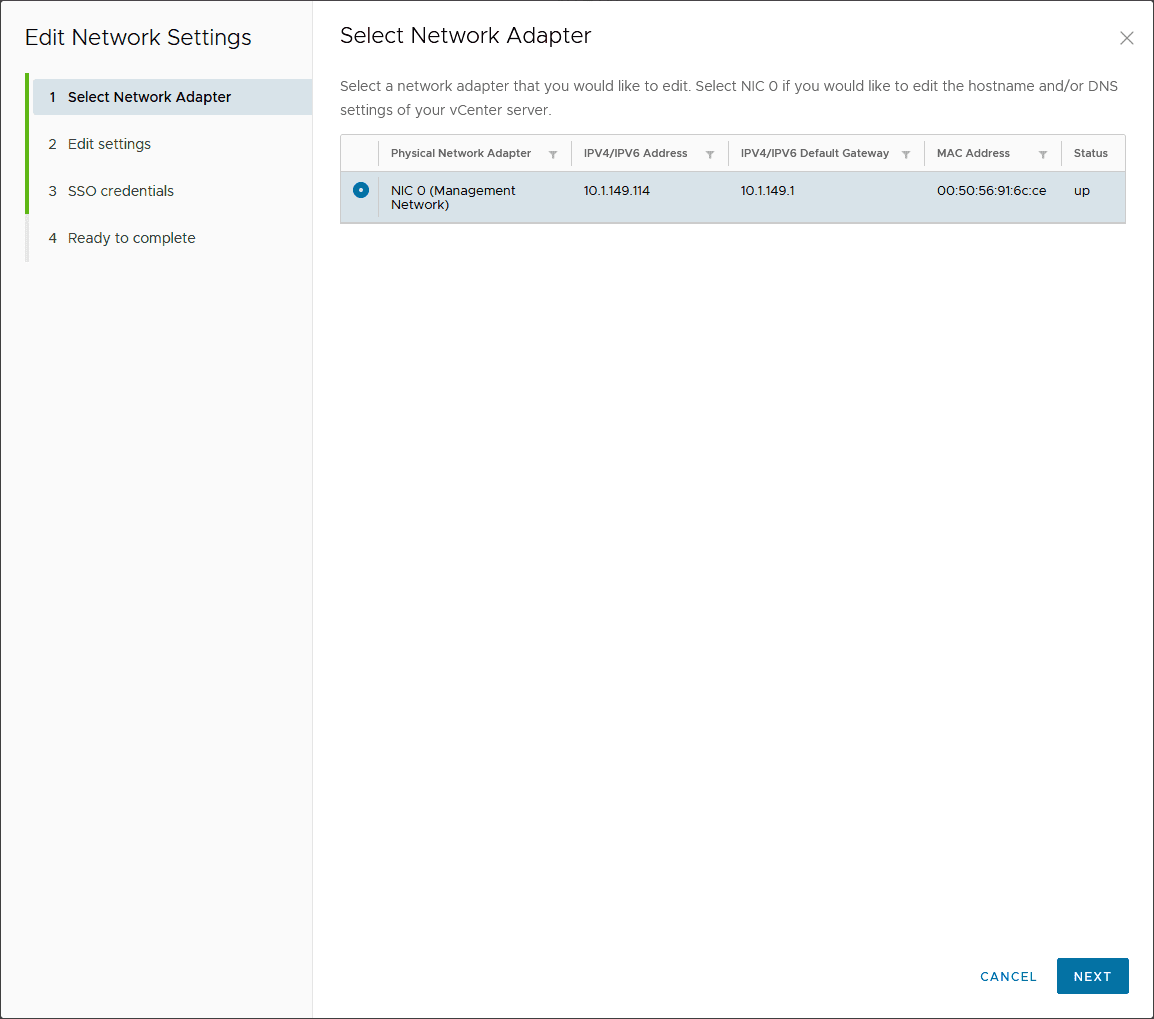
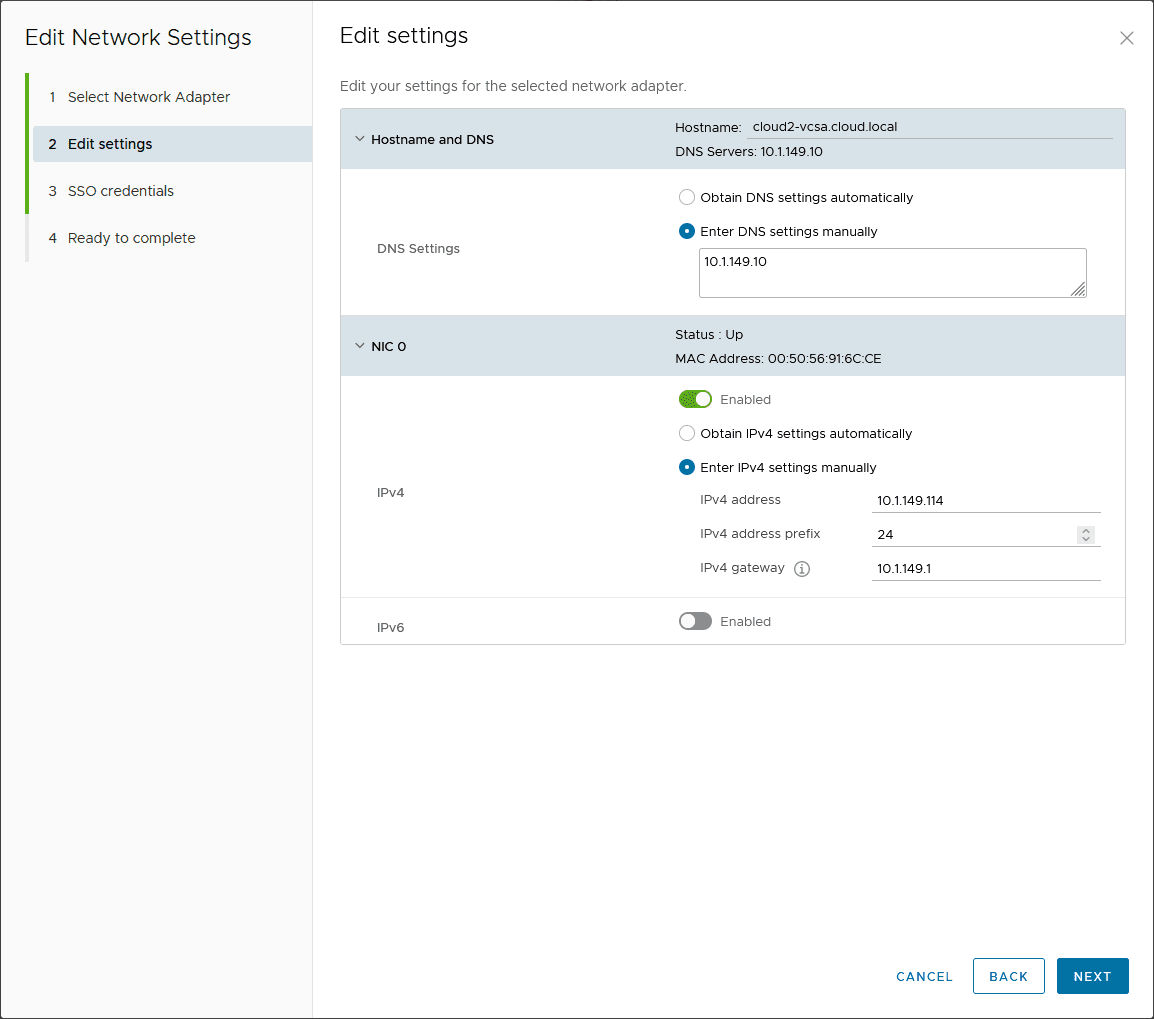
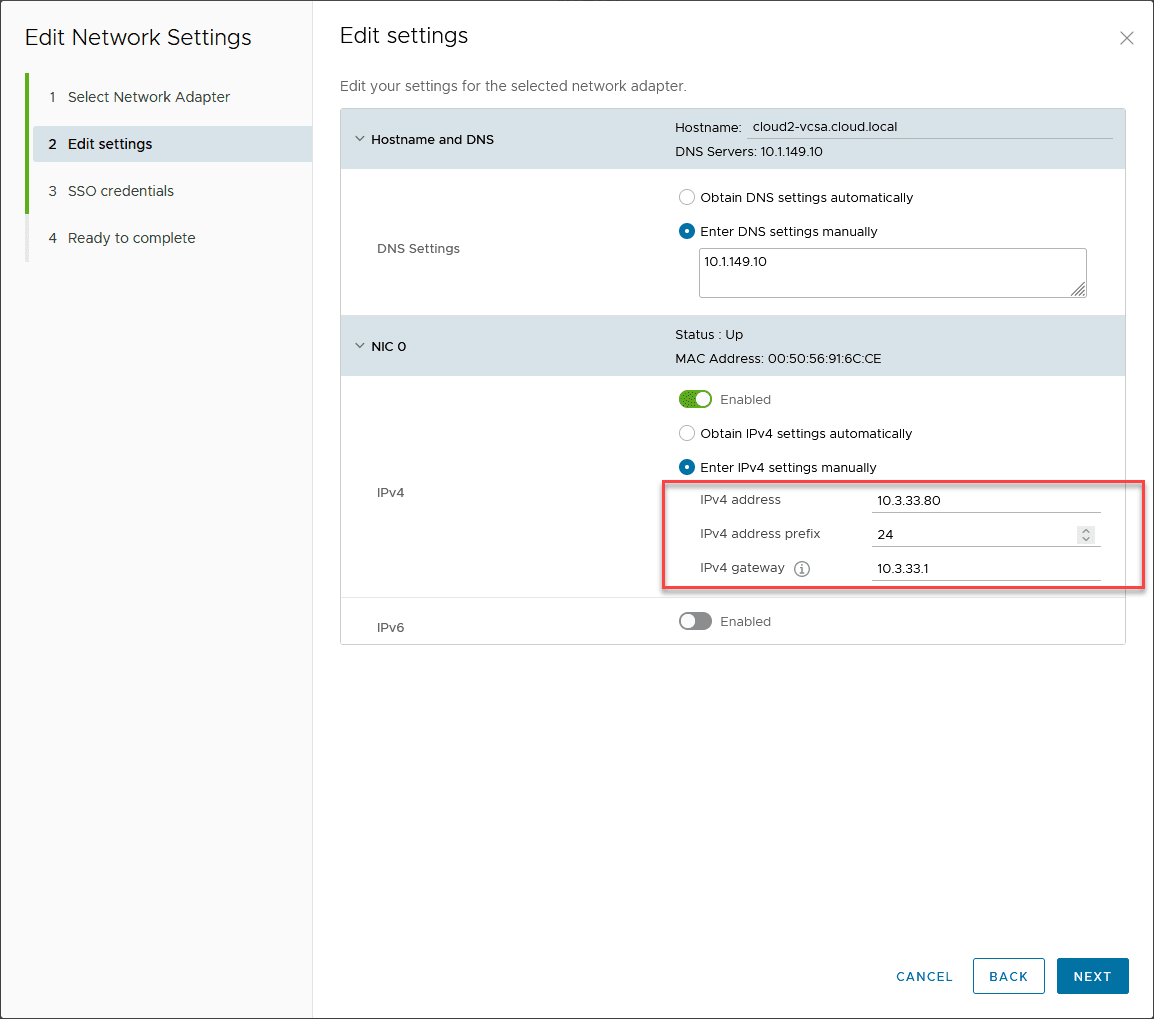
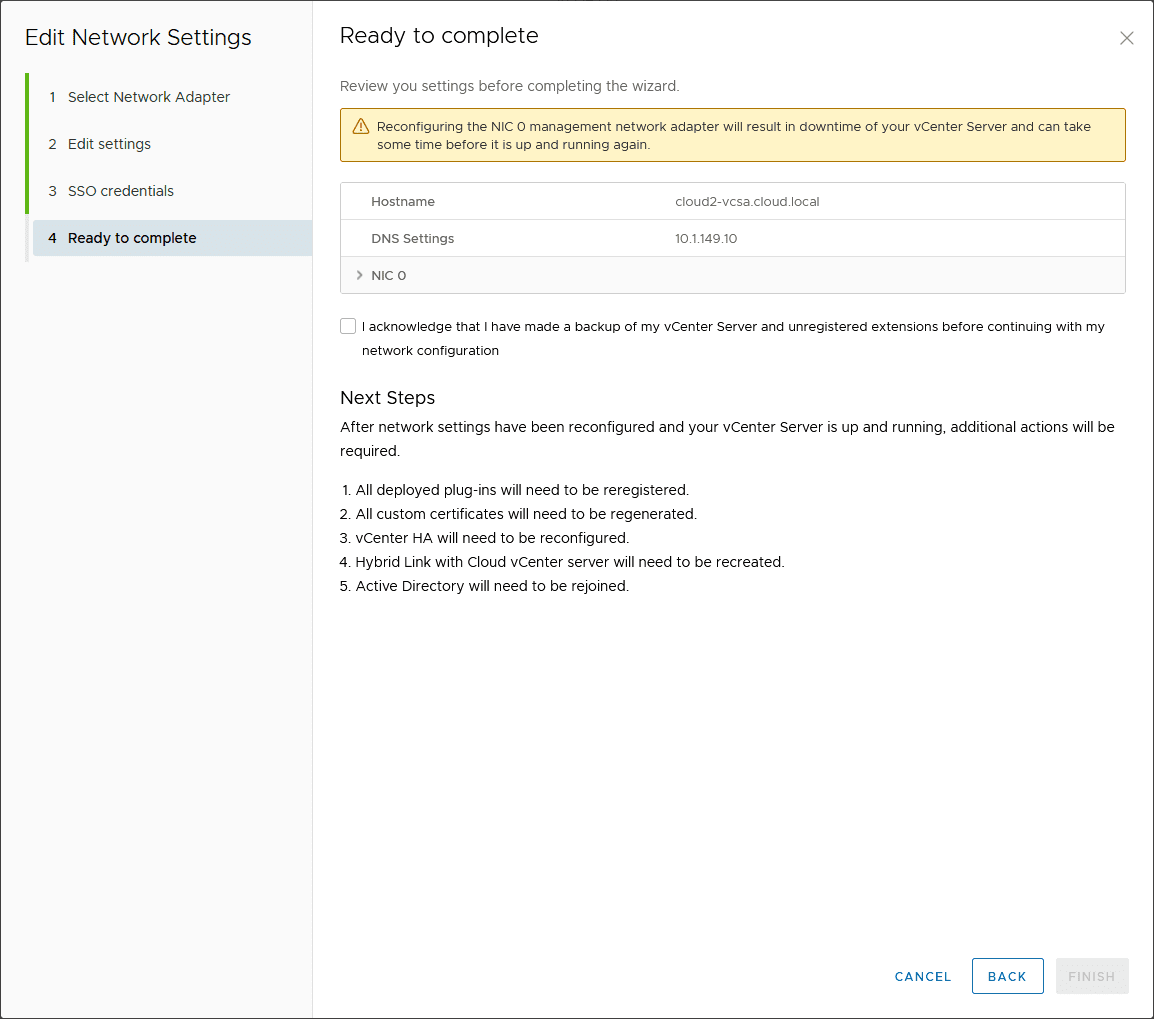
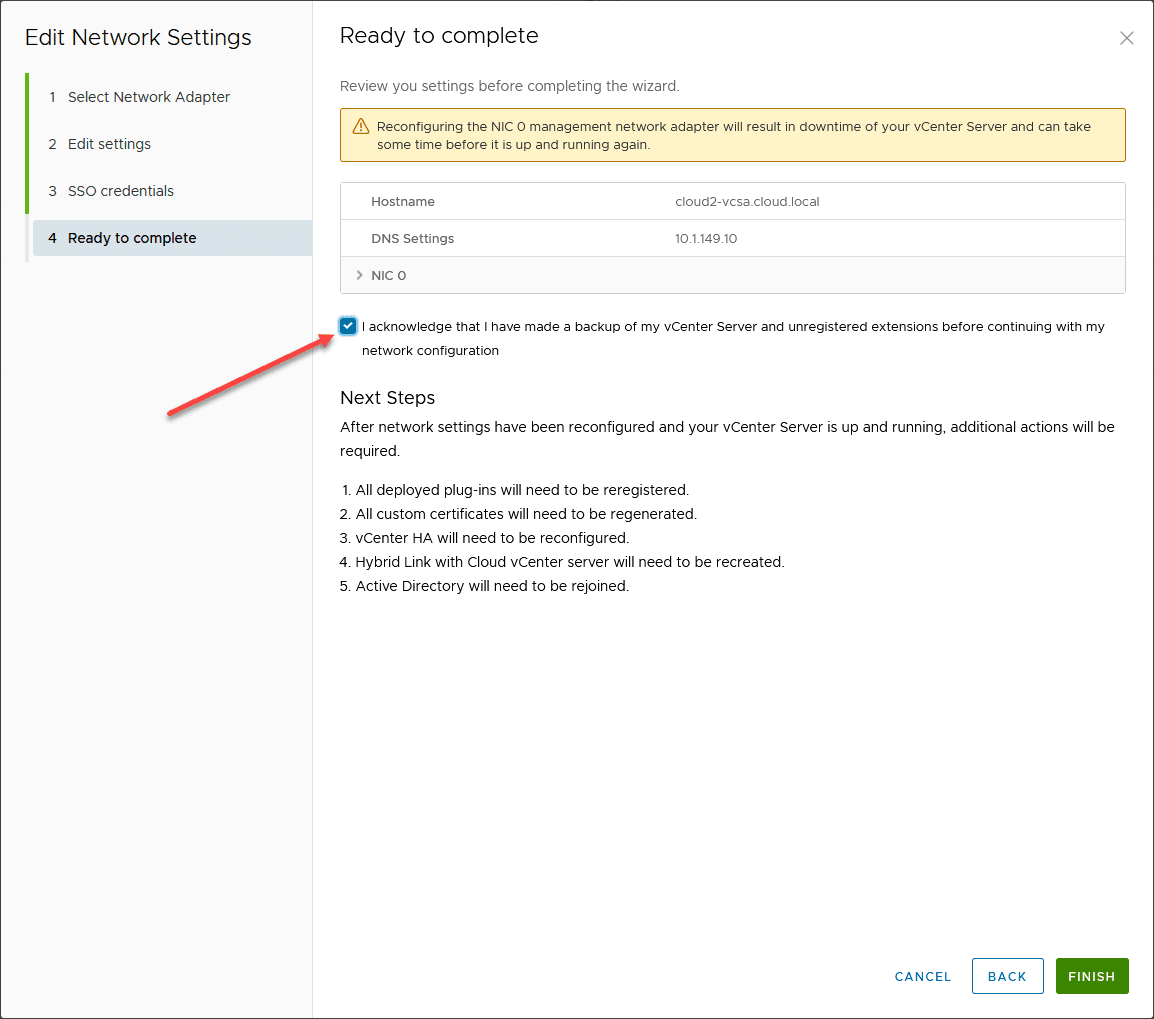
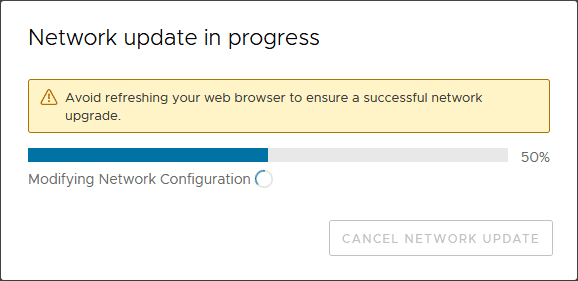
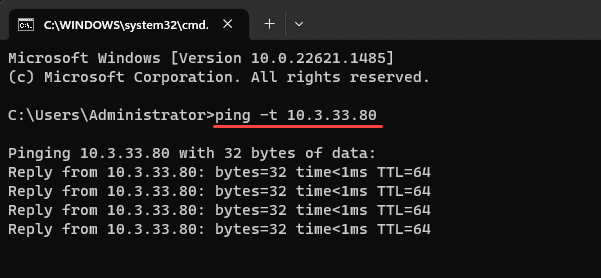

0 Comments